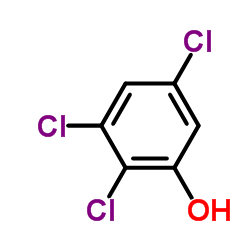| Structure | Name/CAS No. | Articles |
|---|---|---|
 |
2,3,5-Trichlorophenol
CAS:933-78-8 |
|
 |
2,5-Difluorophenol
CAS:2713-31-7 |